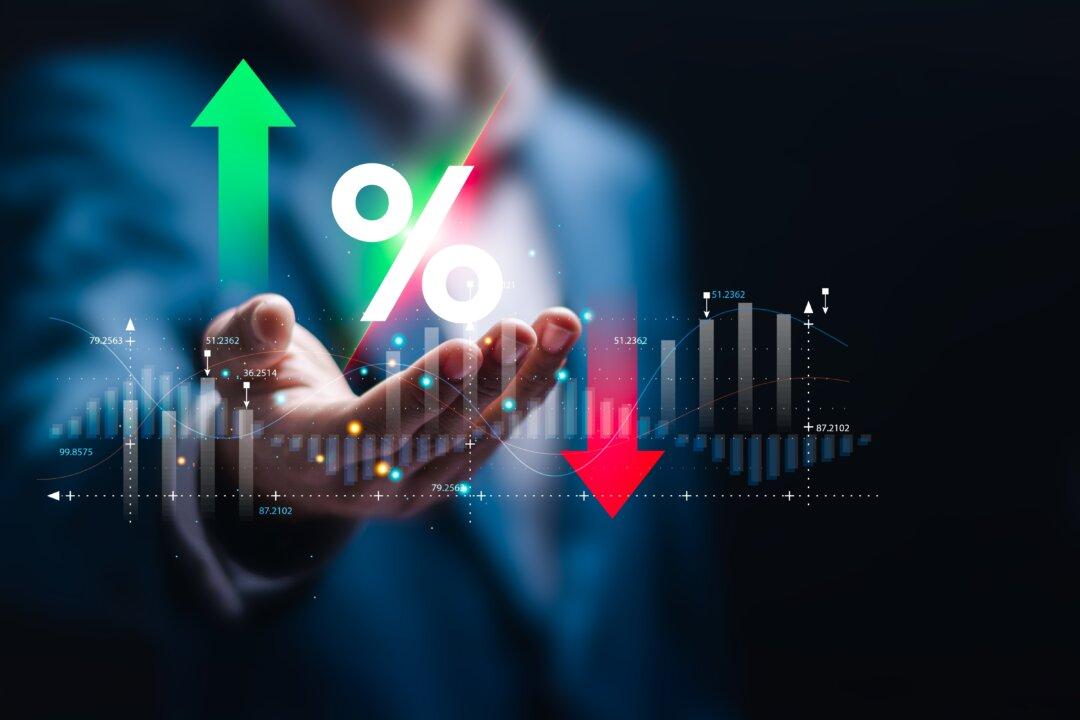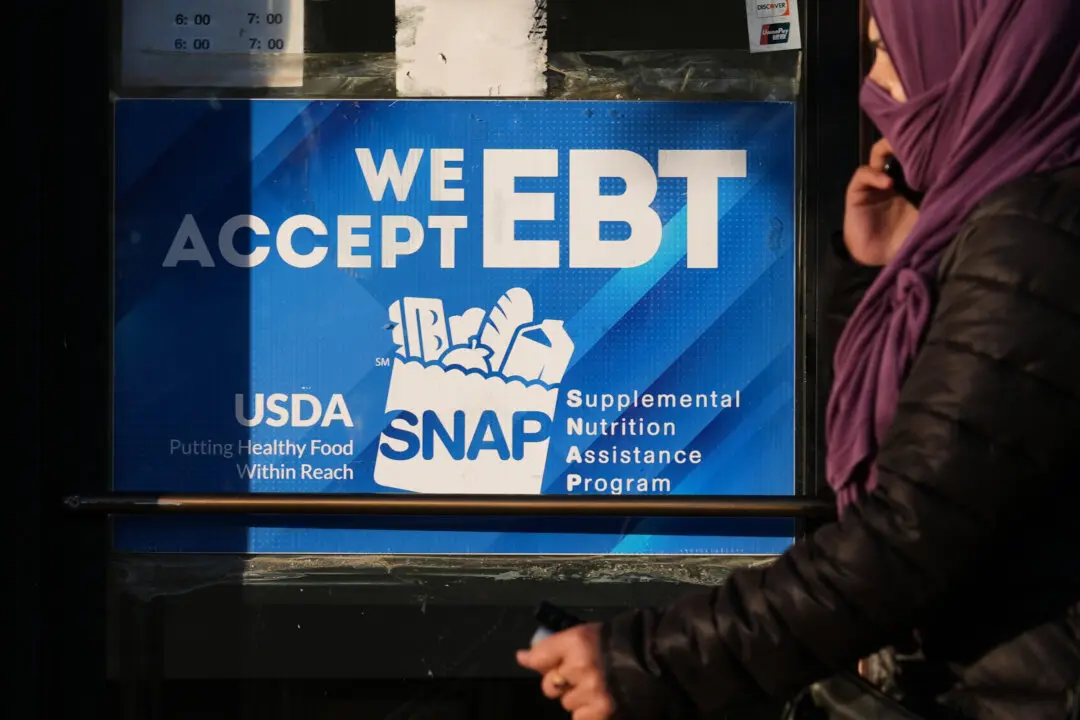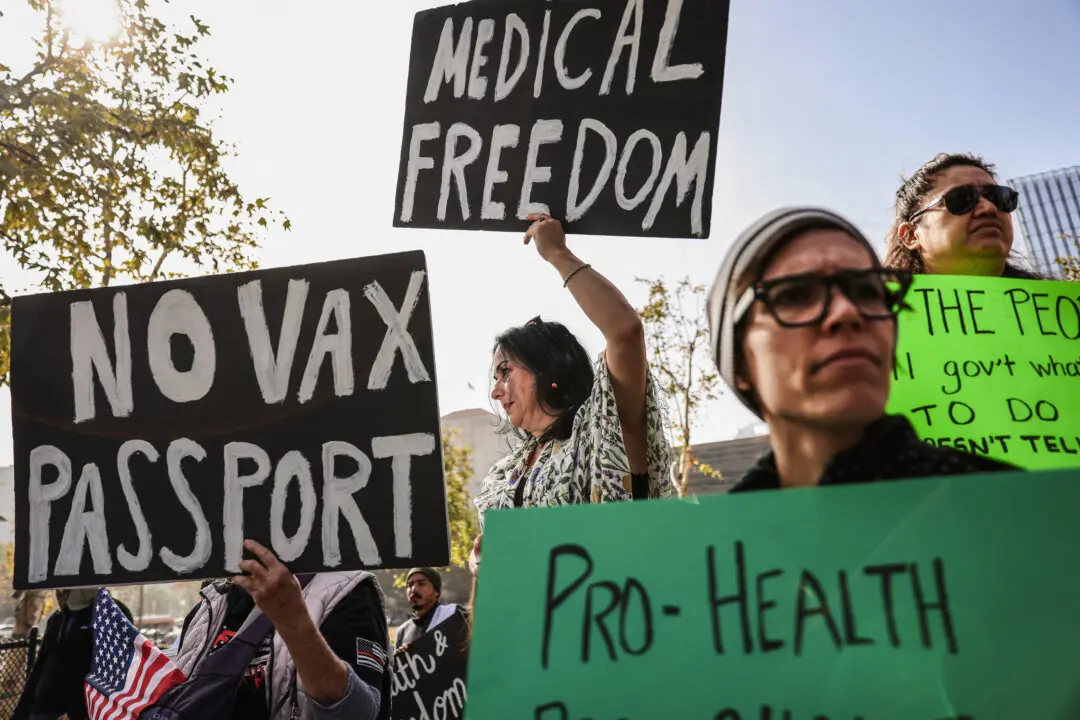Commentary
For anyone following price trends, there was nothing particularly surprising about this week’s report on consumer prices. They came in hotter than expected. This makes sense. The money stock is generally up, with velocity on the rise. Real-time prices are rising again. The Federal Reserve recently lowered rates. The Fed didn’t call it “quantitative easing,” but that is what it is.





